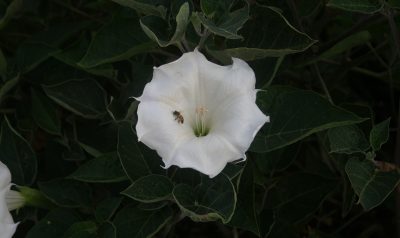How close to trees can we add pavers or other hardscaping?
Thanks to Emily Keith for this great question! Many of us want to reduce lawn area. But when removing turf and replacing with hardscaping around trees, you should be very careful.
First, you want to leave some space around the trunk, about 2 feet on each side should be sufficient, and use bark mulch in that area, if possible. You want to limit soil compaction over the larger roots of an older tree.
When removing the turf, be very careful not to damage any of the tree roots, which are hopefully deeper in the soil. Using rocks as mulch around the tree is fine, since there is space between the rocks for water and air to penetrate the soil.
But be careful if using pavers or other hardscaping around a tree. You can use pebbles or sand between the pavers, which would allow for some water and air to work their way into the soil, but not as much as rocks or other mulch. So the soil underneath pavers will become more compacted and when the roots grow, the pavers will buckle and be unattractive and are also a potential tripping hazard.
The smaller roots, which have root hairs, occur out at the drip line of the tree, at and beyond the furthest branches, are where the tree takes up water, so you want to be sure that any construction that you do leaves this area permeable for air and water to get down to the root zone.

 Glee Ingram
Glee Ingram Patrick Allen
Patrick Allen Daphne Richards
Daphne Richards
 John Dromgoole
John Dromgoole